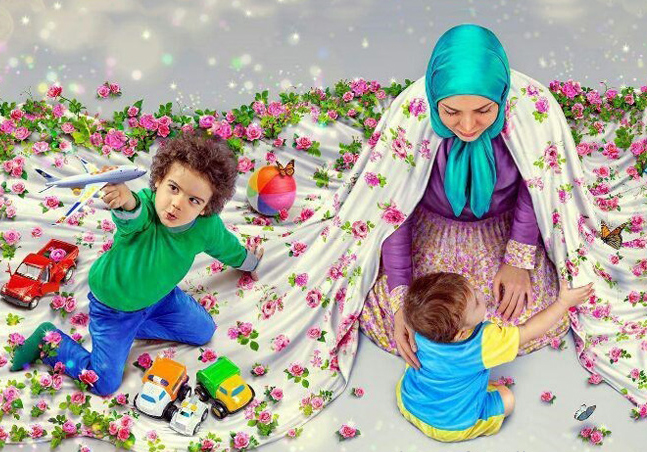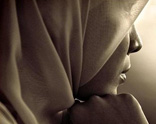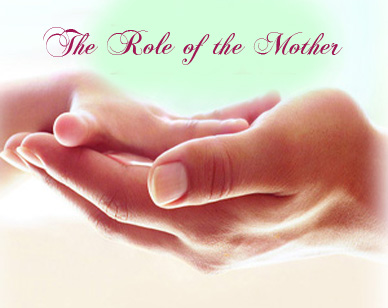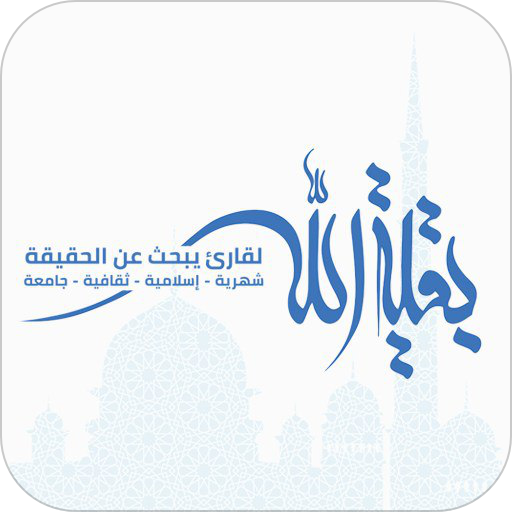This subject for which volumes two and three being dedicated, has been discussed through two sections "babs". In the third section he pays to setting forth the topic and stabilisation of viewpoints. And the fourth section is dedicated for study of doubts and objections raised in this connection.
In the third section, he studied first the motive of woman's participation, giving eleven motives in this connection, turning then to manners and rules of participation, setting forth special conditions of social participation of woman as a subject of discourse through five headings.
After citing the necessities and manners of participation, he sets forth witnesses for permission "of participation" in three chapters, citing first examples from the era of former prophets. Then he introduces samples of way of living of wives of prophets, turning in the conclusion to citing examples of participation and presence of women during the epoch of the Prophetic mission. After this stage, women's participation in social life is divided into three areas, each of which being given good attention: 1. employment; 2. social activities; 3. political activity.
The author interprets the social activities with works of public benefit like training and education or performed in a collective way "vol.II, p.381", considering political activities like emigration, Jihaad "holy struggle", and fighting with the taghut "tyrant"... etc. "vol.II, p.413".
The fourth section, which is titled "Hiwar Ma'a AlMu'arizeen Li Musharakat AlMar'ah FilHayat AlIjtimaiyya" "A Dialogue with Opposers to Woman's Participation in the Social Life", is dedicated for criticism and study of viewpoints of opposers to woman's participation. Also he gives replies to four objections raised against "participation licence's making use of narrations." setting at the end the opposers' views to criticism and study in seven points.
Of the author's interesting discourses in this section being that the opposers to woman's participation in the social life present two portraits in front of the woman: Either social participation and resemblance to the Western woman, or retirement in the house; and as the first case is not accepted, so the women's participation should be prevented and curbed. His reply in this regard being that a third case is there for woman's participation which is set forth by the Islamic Shari'ah: Women's participation with observing the religious manners and rules.
In this very section a detailed discussion in regard of the verse of Hijab "veil" is cited, the purport of which, with holding fast eleven proofs, should have been considered among the traits of the Prophet's wives.
The last chapter of this section, which is the last part of the third volume of the book too, contains a debate concerning ghulu "exaggeration" for convenient motive or applying the rule Sadd AdhDharayi' "obstructing the justifications". The author considers the causes of this marrowmindedness and exaggeration to lie in six points, paying attention to analysing and elaborating them.
* Woman, chapter 6. By: Mahdi Mahrizi.




















